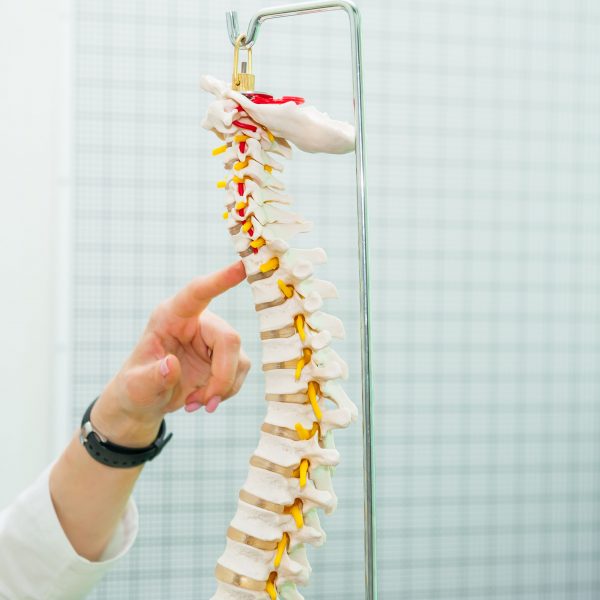Visiting the dentist can be an intimidating experience, especially if you are unfamiliar with standard dental procedures and treatments. Fortunately, dentists use several commonly used dental procedures and treatments to help keep our smiles healthy and attractive. This article discusses four of the most common types of dental procedures and treatments.
1. Cleanings or Check-Ups
Cleanings and routine check-ups are the most basic forms of dental treatment. During these visits, your dentist will examine your teeth and gums for signs of decay or disease like cavities and gum disease and evaluate existing restorations such as crowns, bridges, or fillings to ensure they are still in good condition. Cleanings are also performed to remove plaque and tartar build-up, which helps prevent gum disease.
Your dentist will also assess your risk of tooth decay and other oral health problems, such as gum disease. This may involve reviewing your medical history, assessing the condition of existing restorations, or recommending changes to your diet to reduce the risk of cavities. Your dentist may suggest treatments such as sealants, fluoride treatments, or nutritional counseling to help protect you from developing dental issues down the road.
During a cleaning appointment, your hygienist will remove plaque and tartar buildup using specialized tools designed for this purpose. This helps prevent gum disease and decay from forming on the teeth. Your hygienist will then polish your teeth with a device that helps remove surface stains for a brighter smile.
2. Fillings
Fillings are a standard dental procedure used to repair cavities or decay in the teeth. During a filling, your dentist will remove the damaged part of the tooth and then fill it with a material such as composite resin or amalgam. This helps to restore the strength and function of your tooth while also helping to prevent further damage from occurring.
Fillings also provide cosmetic benefits, as the material used to fill in cavities can be tinted and matched to the surrounding teeth for a seamless look. Depending on your specific needs, your dentist will choose the best filling. Composite resin fillings are made from tiny pieces of plastic mixed with glass particles.
This filling is usually used when treating smaller cavities, as it is more aesthetically pleasing than amalgam fillings. Amalgam fillings are composed of metals such as silver, tin, and copper and are typically recommended if larger cavities need to be filled. They tend to last longer than composite resin fillings but may not have the same natural appearance.
3. Root Canals
A root canal is an advanced procedure used to treat deep decay or infection that has reached the inside of the tooth and its root canals. During this procedure, your dentist will clean out any infected or damaged tissue, disinfect the area and fill it with a particular material to help prevent future infection. This procedure can save your tooth from extraction and help you maintain a healthy smile.
This is done by removing bacteria, rotting debris, and any other harmful substances from inside the root canal. Once completed, your dentist will seal the area with a rubber-like material known as gutta-percha. This helps to prevent bacteria from re-entering the root canal, ensuring that your tooth remains healthy and strong.
If you need a root canal, it is essential to seek treatment as soon as possible. If left untreated, the infection can spread and cause further damage. Some symptoms of an infected tooth include severe pain while eating or drinking, bad breath, swelling, and sensitivity to hot or cold foods. You must contact your dentist immediately if you experience any of these symptoms.

4. Dental implants
Dental implants are a popular and effective way to replace missing teeth. During this procedure, an implant made of titanium is surgically placed into the jawbone where the missing tooth used to be. Over time, the titanium fuses with the bone and creates a strong foundation for an artificial tooth to be attached. Implants are often preferred over traditional dentures because they look, feel, and function like natural teeth.
Implants can replace a single tooth, multiple teeth, or even an arch of missing teeth. Patients considering implant dentistry should discuss their options with a qualified dentist to determine if they are good candidates for the procedure. It is important to note that implants require sufficient bone density and gum tissue to be successful.
Additionally, patients must commit to regular oral hygiene habits such as brushing and flossing to maintain the longevity of their implants. Dental implants can last many years with proper care and maintenance and provide a natural-looking solution for replacing missing teeth.
To Wrap It Up
Dental treatments are essential for maintaining good oral health and preventing further damage from occurring. These four commonly used dentist procedures, and treatments can help you keep your smile healthy and looking great. Remember that regular check-ups with your dentist are vital to catch any issues early on, so schedule regular appointments!






